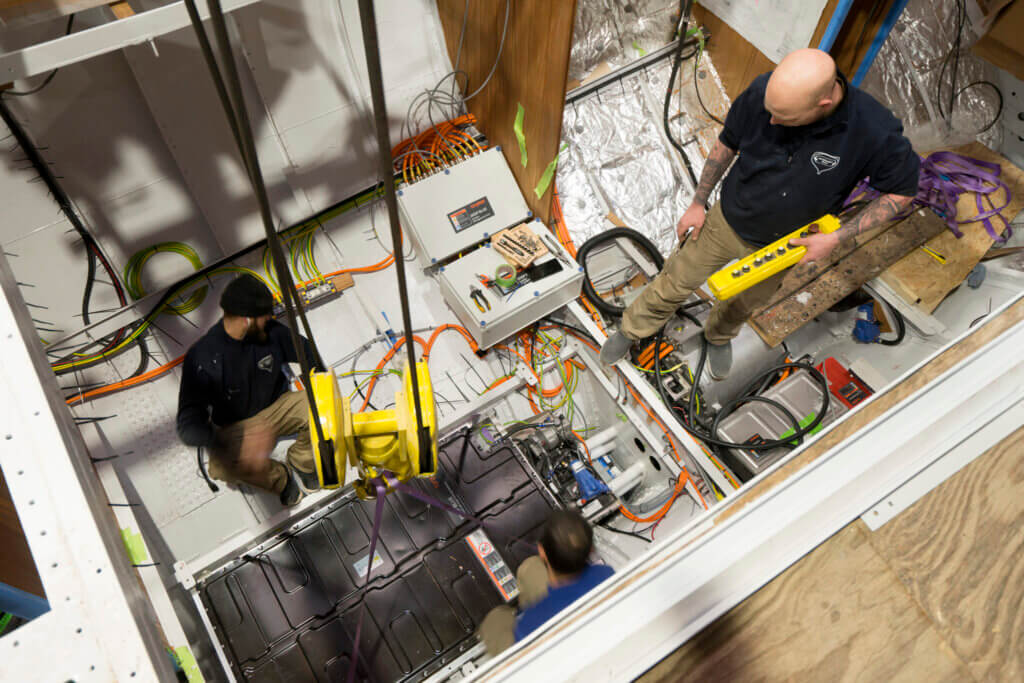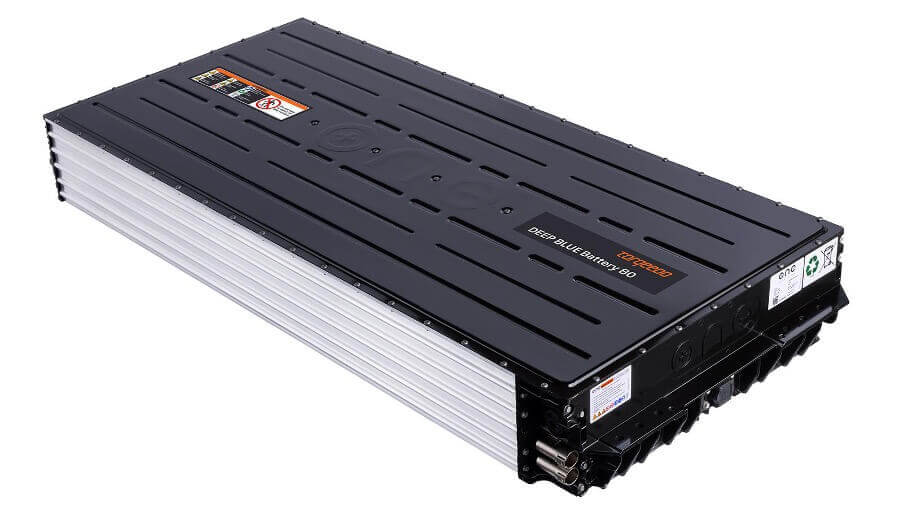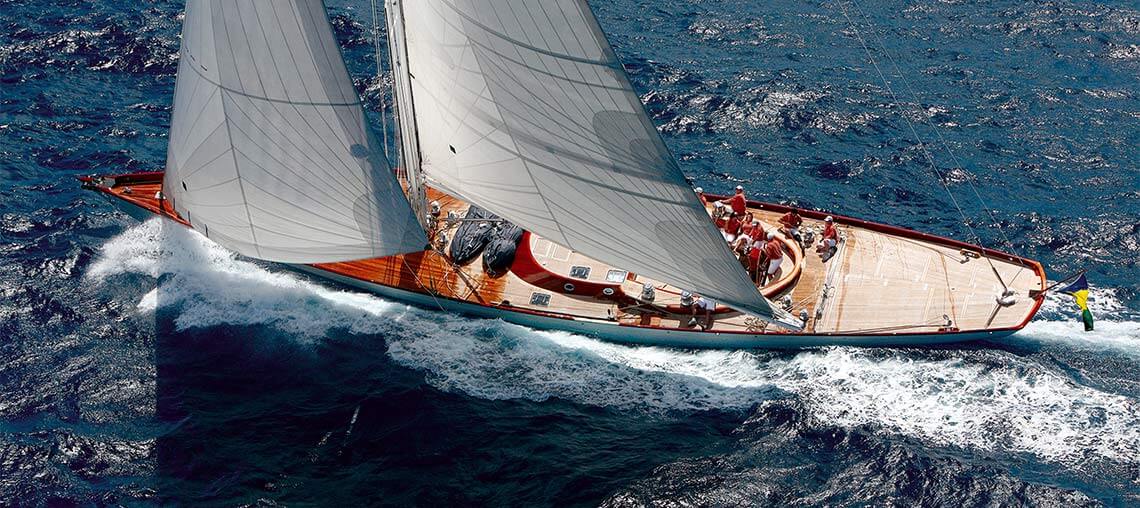Three days dedicated to the boating world to analyze the present, the sustainability of the industry and especially the innovative future of electric as the main propulsion system. These were the central themes of the Yacht Design Forum, now in its eighth edition, which was held on Lake Como in a remarkable setting.The event was also attended by Gennaro Giliberti, head of the Torqeedo Business Unit of Deutz Italy, who spoke not only about the current situation of electric motors, but also about all those key factors and economic challenges that it is good to consider in the design.
Electric propulsion and its origins
If we go back in time we can surely find that the first electric boat (officially witnessed) was built by Von Jacobi in 1839 in St. Petersburg. But it was only between 1880 and 1920 that these vessels found their first placements, replacing the noisy and smoky steam engines, even for military applications.
But as you can easily imagine there has been a shift to a completely different way of understanding electric mobility in recent years.
The maritime industry has been resilient and has been able to cope with the changes of each historical period, despite the difficulties, by going out and adapting its idea and essence to reinvent itself and thrive. But there is no lack of challenges!
A matter of compromise
However, let’s try to assess what the current situations in the relevant industry are, starting with the concept of electric propulsion itself. Suppose we start from a refit, that is, the passage of a boat that is ready and comes with its own fuel propulsion system. The idea is to convert it to all-electric propulsion, but to do so requires approaching a number of compromises. Which ones?

Although the power of electric motors, to date, is able to match the power of combustion engines, what we face as limitations are the weight of the boat and its range because of the batteries. And this is where you learn to approach each moment of development and production differently, as Gennaro Giliberti explains:
“Today there are many types of electric motorization. Think of hybrid, for example diesel and electric, to be used alternately or together. Or to hybrids with a generator that recharges the batteries and allows you to decide whether to sail with batteries only or with a generator. Finally, there are inputs of alternative energy sources, or full electric, just to name a few solutions.”
But let us see how the 2 central issues of weight and range of a boat act on propulsion and design.
How can we produce electricity on board?
The question arises for anyone working in the field: solar panels, a power generator (DC or AC), chemical energy, for example fuel cells (a hydrogen process) or chemistry that is applied to batteries can be used to store and produce energy. But with respect to such discussion what is the problem related to the type of energy storage?

“To date, it is still impossible to make an electric boat that has the same performance as one with fuel, in terms of range. It depends not only on how much energy I can have in a liter of fuel, but how long I store it,” Giliberti explained, shifting the focus to batteries.
Indeed, we are working with lithium batteries that are acceptable in terms of charging time and power, but still cannot be considered equivalent to the chemical energy of fuels. But optimizing its level means embracing multiple factors, just as we said at the beginning of this article: the famous compromises. In compliance with regulations that emphasize the importance of safety in the industry, it was necessary to switch to lower-performance batteries, thus sacrificing performance. But besides batteries, what can we say instead about weight?
Weight makes a difference
In the construction of an electric boat that respects a certain speed, one must consider the weight of the motor and batteries, instruments that quite inevitably lead to an increase in the weight of the vehicle compared to a fuel boat.That is why in the modern market there is precisely a dual path being worked on: on the one hand, the evolution of batteries and on the other hand, the need to bridge cost and weight differences. Of course, always remembering that it may be necessary to take, often, a few steps back to ensure maximum security.

The experience shared at the Yacht Design Forum on Lake Como was only a small part of a rich and complex industrial project that will be developed on many levels in the coming years.


